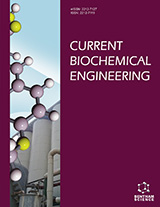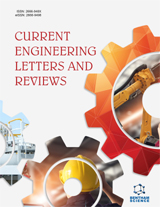Abstract
In the future, the real world will convert to a smart world around 2025. One
could predict that there will be a changeover from 4G LTE to 5G NR. In pandemic
conditions, 4G LTE has been found to provide good online support, such as accessing
the Internet for education, administration, banking, official works, etc., anywhere in the
real world. But there are some limitations, such as operating machines in industries,
and driving vehicles on the road with the help of the Internet. These facilities will be
provided by 5G NR as there is a large difference between 4G LTE and 5G NR. In 4G
LTE, only Mobile Broad Band (MBB) is present, but in 5G NR, there are three terms,
i.e., Enhanced Mobile BroadBand (eMBB), Ultra-Reliable and Low Latency
Communication (URLLC) and massive Machine Type Communication (mMTC). As a
result, the city will convert into a smart city. It is possible by applying intelligence in
various technologies. Applying intelligence will lead to the improvement of smartness
in the environment, mobility, building, home, administration, health, education, etc.
The smartness of the item includes the utilization of the Internet in various devices,
which means the Internet of Things (IoT). In previous times, humans communicate
with humans, but in IoT, a human will communicate with the device. In the future, it
will be realized using NXP Semiconductors. NXP semiconductors manufactured
various chips, which should be beneficial for the formation of smart cities. In the near
future, facilities will be increased in a more massive manner than the present time. By
2030, the goal will have been fully attained, and IoT will have evolved into the Internet
of Everything (IoE), meaning that everything will be made possible by the Internet.
Device-to-device communication will be a possibility in IoE side-by-side. This outlines
how 5G to 6G will change.
Keywords: 3GPP (Third Generation Partnership Project), 4G LTE (Long Term Evolution), 5G NR (New Radio), EMBB (Extended Mobile Broad Band), IoT (Internet of Things), MMTC (Massive MachineType Communication), NXP (Next eXPerience) Semiconductors, URLLC (Ultra Reliable Low Latency Communication).






















